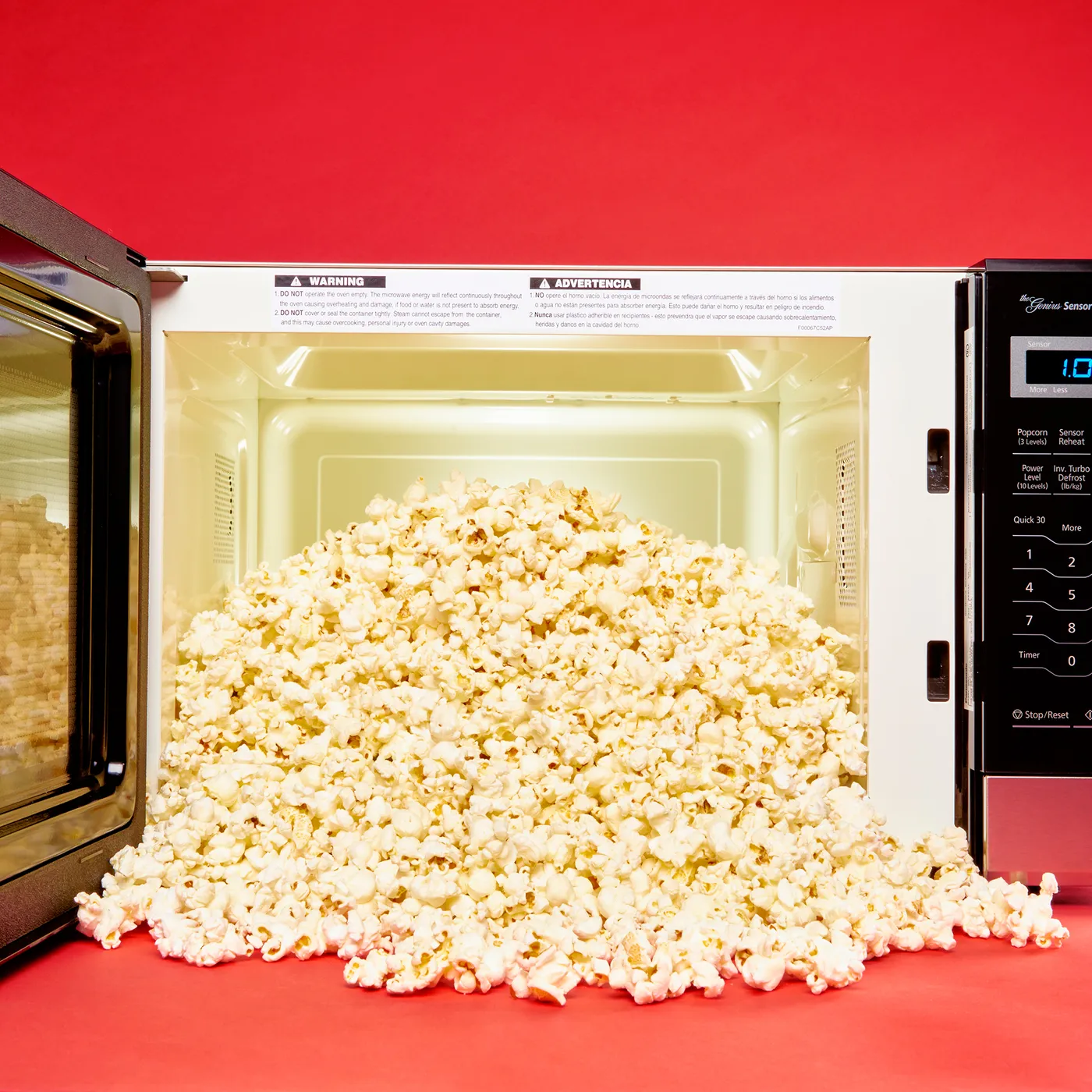Introduction:
Determining the appropriate size of a microwave is crucial when considering purchasing this essential kitchen appliance. Microwave sizes are commonly expressed in liters, referring to the internal capacity of the microwave oven. Understanding the size of a microwave in liters can help you make informed decisions about its suitability for your cooking needs and available kitchen space. In this article, we will explore the size of microwaves in liters, discussing the various capacities available and providing guidance on choosing the right size for your requirements.
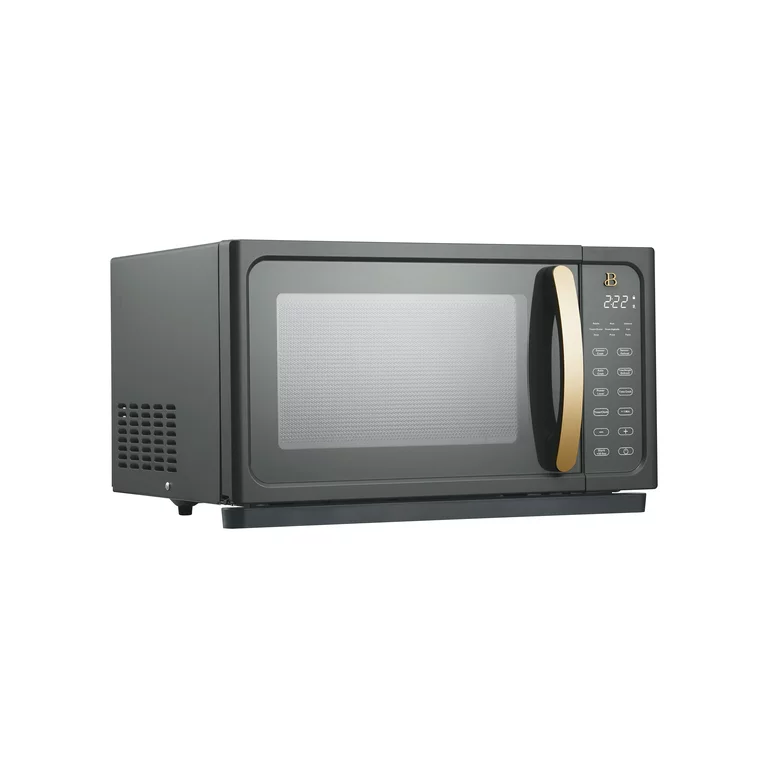
What size is a microwave in liters?
Microwave Capacity in Liters:
Microwave capacity refers to the internal space within the microwave oven, typically measured in liters. The capacity determines how much food the microwave can accommodate at a time. The range of microwave capacities varies widely, providing options for different cooking needs and household sizes. Microwaves can have capacities as small as 15 liters for compact models or as large as 40 liters or more for larger, family-sized appliances.
Determining Your Cooking Needs:
Before choosing a microwave based on its capacity in liters, it’s important to assess your cooking needs and habits. Consider the types of food you typically prepare, the portion sizes you require, and the number of people you usually cook for. This will help you determine the appropriate microwave capacity for your specific requirements.
Compact Microwaves (15-20 Liters):
Compact microwaves generally have capacities ranging from 15 to 20 liters. These smaller-sized microwaves are ideal for individuals living in small apartments, dorm rooms, or those with limited kitchen space. They are suitable for basic heating, defrosting, and cooking smaller portion sizes. Compact microwaves are also portable and can be easily moved or stored when not in use.
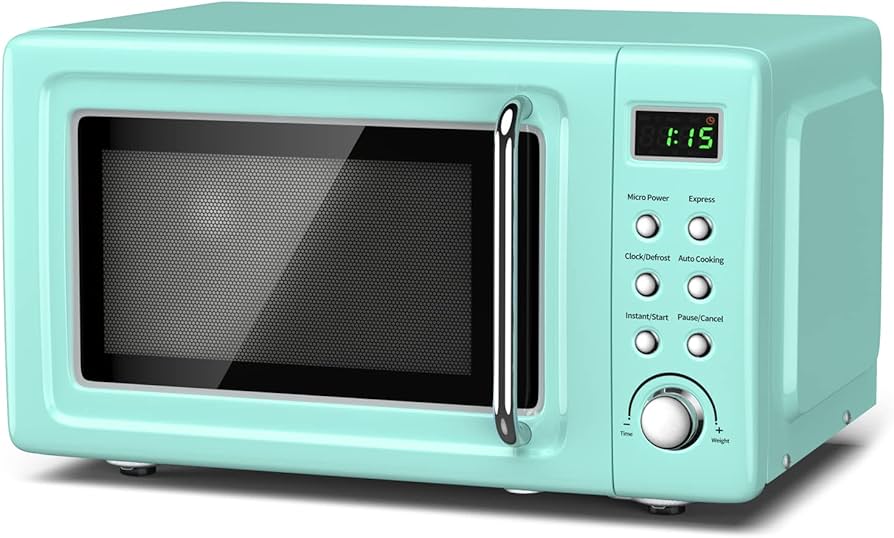
Mid-Sized Microwaves (20-30 Liters):
Mid-sized microwaves typically have capacities ranging from 20 to 30 liters. These microwaves are versatile and cater to the needs of small to medium-sized households. They offer more cooking space than compact models and can accommodate larger dishes and cookware. Mid-sized microwaves are suitable for a wider range of cooking tasks, including reheating leftovers, cooking small to medium-sized meals, and defrosting larger portions of food.
Family-Sized Microwaves (30-40+ Liters):
Family-sized microwaves are designed to meet the demands of larger households or those who frequently entertain guests. These microwaves usually have capacities ranging from 30 to 40 liters or more. With their increased interior space, family-sized microwaves can handle larger dishes, cookware, and food quantities. They are suitable for cooking family-sized meals, reheating multiple servings, and defrosting larger cuts of meat or poultry.
Considering the Exterior Dimensions:
While the capacity of a microwave is measured in liters, it’s important to consider the external dimensions of the appliance as well. A larger capacity microwave may have larger overall dimensions, which could impact its fit in your kitchen. Ensure that you have sufficient space on your countertop or allocate appropriate space for built-in or over-the-range microwaves.
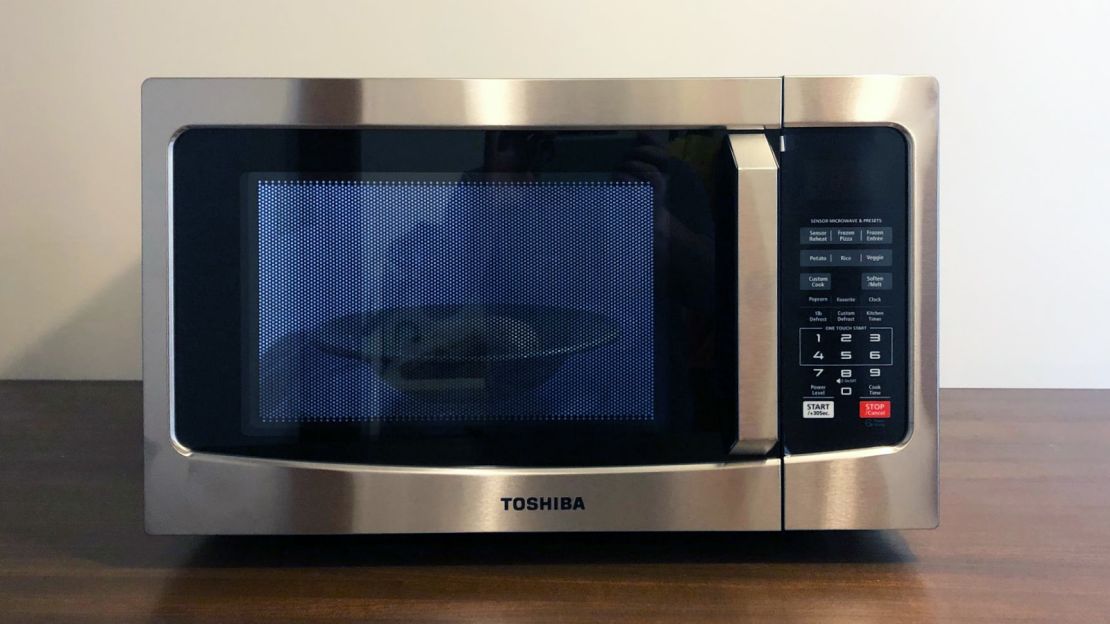
Other Factors to Consider:
In addition to capacity, there are other factors to consider when selecting a microwave size. These factors include the available features and functions, ease of use, power levels, cooking presets, and energy efficiency. These considerations will help you evaluate the overall suitability of a microwave for your cooking needs beyond just its capacity in liters.
Personalizing Your Choice:
The choice of microwave size ultimately depends on your individual preferences and cooking requirements. Consider your lifestyle, kitchen space, and the type of cooking you do most frequently. If you cook large meals or entertain frequently, a family-sized microwave with a capacity of 30 liters or more would be a suitable choice. However, if you have limited space or fewer cooking needs, a compact or mid-sized microwave may be more appropriate.
Testimonials and Reviews:
Reading customer testimonials and product reviews can provide valuable insights into the actual usage and performance of microwaves. Real-life experiences from users who have purchased and used microwaves of different capacities can help you assess their practicality and durability. Pay attention to reviews that specifically mention the suitability of the microwave’s size for various cooking tasks and household sizes.
Retailer Assistance:
When in doubt about the appropriate microwave size for your needs, seek assistance from knowledgeable sales associates at appliance retailers. They can guide you through the available options, provide recommendations based on your requirements, and offer insights into the features and benefits of different microwave sizes.
Energy Efficiency:
When considering the size of a microwave in liters, it’s important to also take into account its energy efficiency. Larger microwaves with higher capacities may consume more energy during operation compared to smaller ones. Energy efficiency ratings, such as the Energy Star label, can help you identify microwaves that are designed to minimize energy consumption. Choosing an energy-efficient microwave not only reduces your environmental impact but also saves you money on utility bills in the long run.

Cooking Versatility:
While microwave capacity is a key consideration, it’s also important to think about the versatility of the microwave when it comes to cooking options. Some microwaves offer additional features like convection cooking, grilling, or steam functions. These additional cooking modes can expand the range of dishes you can prepare and the cooking techniques you can employ. Consider whether these extra functions are important to you and whether they would justify choosing a larger microwave with a higher capacity.
Personal Preferences and Habits:
Ultimately, your personal preferences and cooking habits should guide your decision when selecting the size of a microwave in liters. Consider the types of food you typically cook or heat in the microwave and the sizes of the containers or dishes you use. If you frequently cook large casseroles or use oversized cookware, a larger microwave capacity may be necessary. On the other hand, if you primarily use the microwave for small portions or individual meals, a smaller capacity might suffice.
Future Considerations:
When choosing a microwave, it’s also worth considering potential changes in your lifestyle or household needs. If you anticipate a growing family or an increase in cooking requirements, it may be wise to opt for a microwave with a larger capacity to accommodate future needs. Taking a proactive approach to selecting an appropriate microwave size can save you from having to upgrade or replace your appliance sooner than necessary.
Manufacturer Specifications:
Before making a final decision, carefully review the manufacturer’s specifications and recommended usage guidelines for the microwave models you are considering. These specifications will provide detailed information on the internal capacity, exterior dimensions, and other features of the microwave. Additionally, the manufacturer may provide suggestions on the ideal uses for the microwave based on its size and design.
Seek Recommendations:
If you’re unsure about the appropriate microwave size for your needs, seek recommendations from friends, family, or cooking enthusiasts who have experience with different microwave capacities. Their insights and firsthand experiences can provide valuable guidance and help you make a more informed decision.
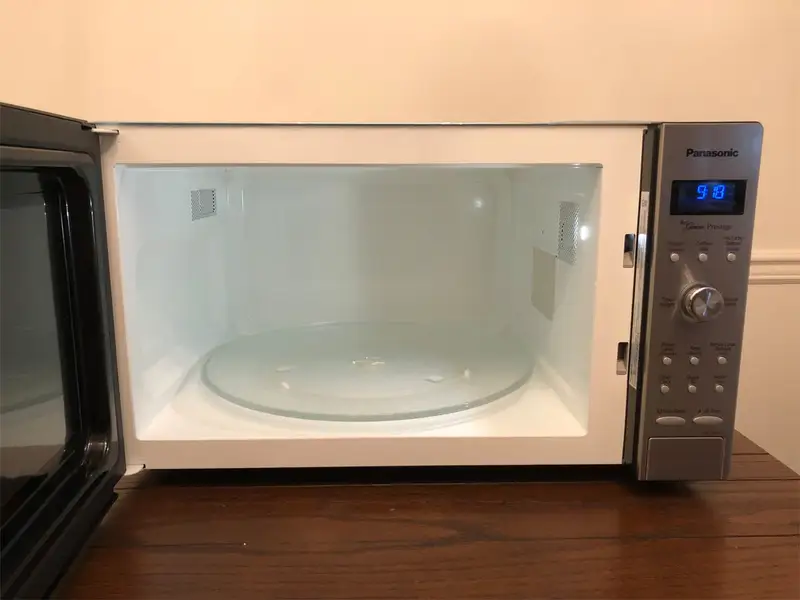
Conclusion:
Microwave sizes are typically expressed in liters, representing the internal capacity of the appliance. Compact microwaves range from 15 to 20 liters, mid-sized microwaves range from 20 to 30 liters, and family-sized microwaves range from 30 to 40+ liters. Determining the appropriate microwave size in liters requires considering your cooking needs, available kitchen space, and the number of people you typically cook for. By evaluating these factors, reading testimonials, and seeking retailer assistance, you can select the right microwave size to suit your cooking requirements and enhance your overall kitchen experience.

